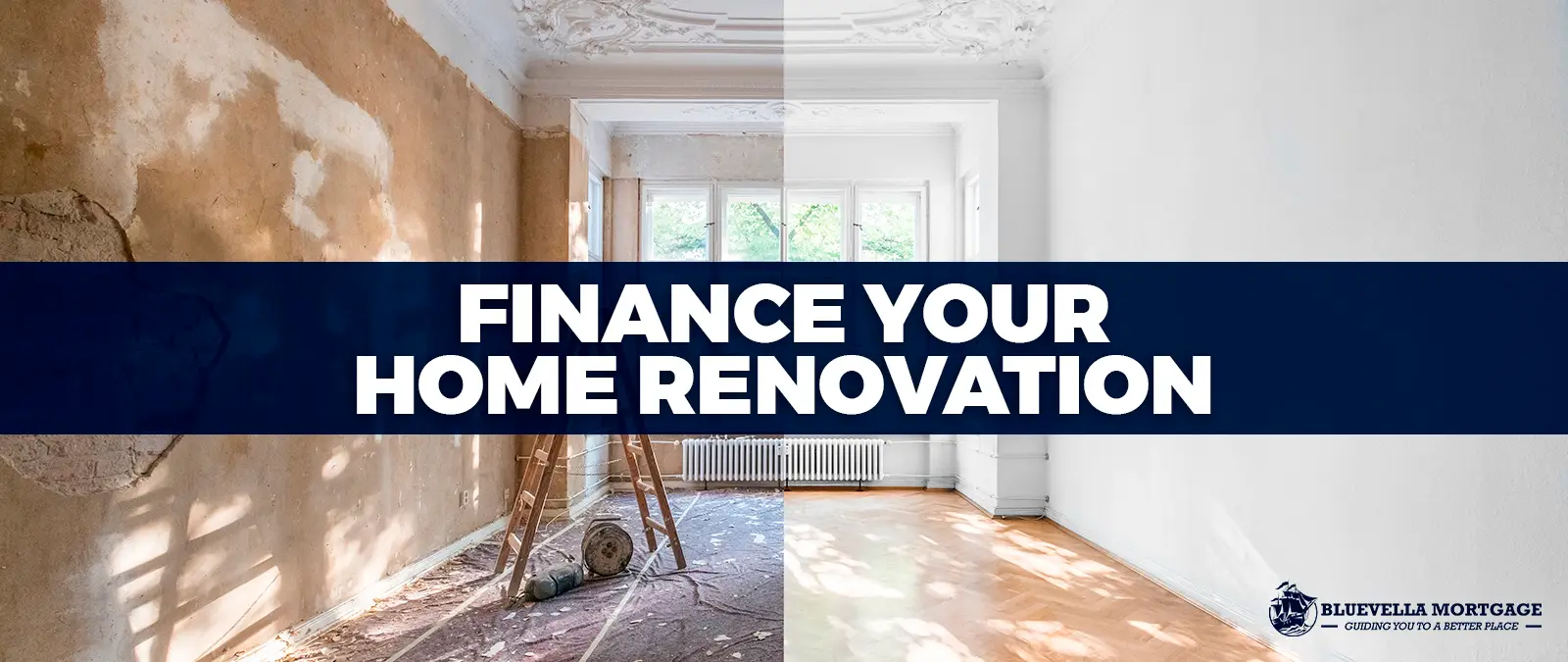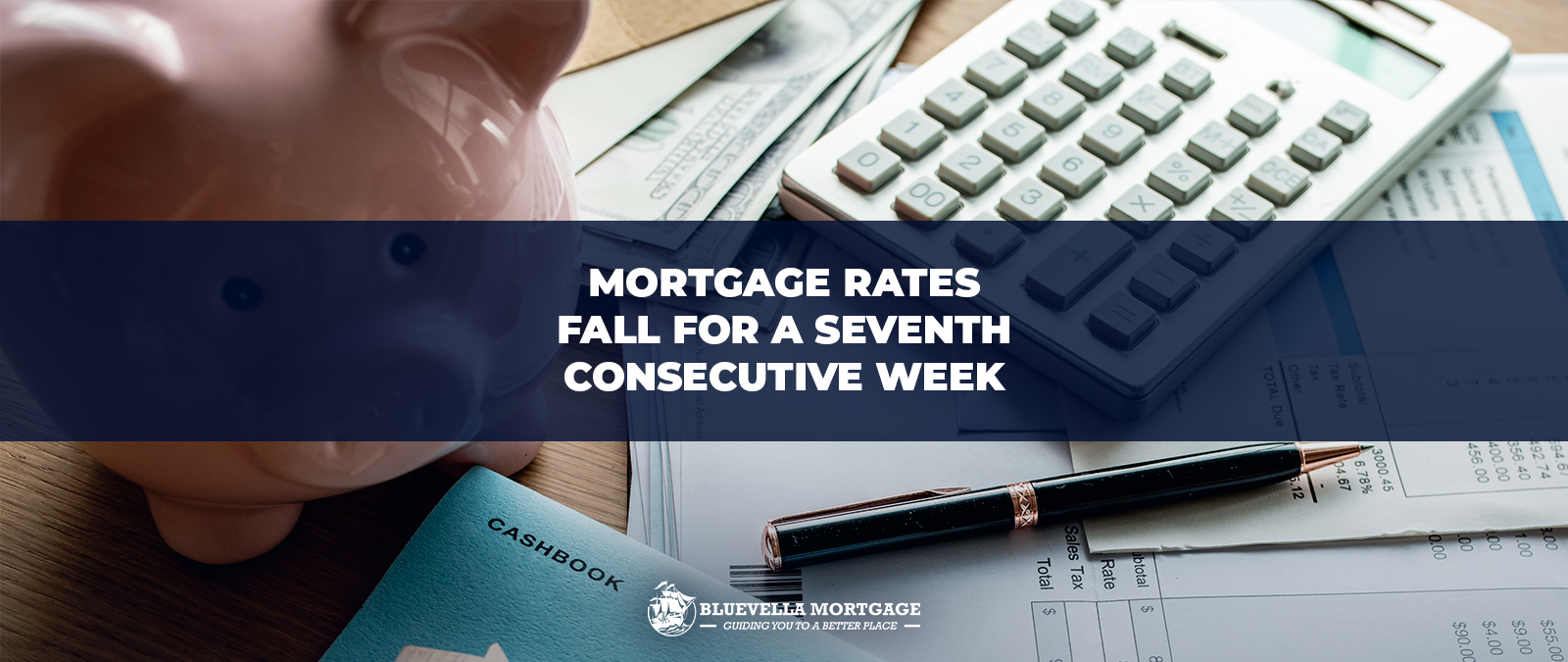Home improvement loans are a specialized form of financing designed to assist homeowners in funding home renovation or repair projects. These loans cater specifically to updating, remodeling, or repairing aspects of a home, making them an attractive option for those looking to enhance their living spaces without depleting savings or liquidating other assets. The primary purpose of home improvement loans is to provide homeowners with the financial resources necessary to undertake significant home projects, ultimately increasing the property’s value and improving the quality of life within the home.
Home improvement loans can be utilized for a wide range of projects, whether they involve minor updates or extensive renovations. Popular uses include kitchen and bathroom remodels, roof repairs, new flooring, energy-efficient upgrades such as solar panels or insulation, and even adding additional rooms or outdoor living spaces. By offering a dedicated source of funds, these loans ensure that homeowners can proceed with their projects promptly, addressing urgent repairs or capitalizing on opportunities to modernize their homes.
One of the key reasons why home improvement loans are a popular choice is their flexibility and accessibility. Unlike other financing options that may require collateral or come with higher interest rates, home improvement loans are often unsecured, meaning they do not necessitate using the home as collateral. This aspect makes them more accessible to a wider range of homeowners. Additionally, these loans typically offer fixed interest rates and predictable monthly payments, aiding in straightforward budgeting and financial planning.
In summary, home improvement loans provide a viable and practical solution for homeowners seeking to finance renovation or large repair projects. By offering dedicated funds for home enhancements, these loans enable homeowners to upgrade their living environments, enhance property values, and address essential repairs efficiently and effectively.
Types of Home Improvement Loans
When planning a home renovation or big repair project, understanding the various types of home improvement loans available is crucial. Each type of loan has distinct characteristics, advantages, and disadvantages that can significantly affect your financing strategy.
Personal Loans: Personal loans are unsecured loans that can be used for a variety of purposes, including home improvements. One key advantage is the absence of collateral requirements, which means you don’t risk losing your home if you default. Additionally, personal loans tend to have faster approval processes compared to other loan types, making them a good option for urgent repairs. However, interest rates on personal loans can be higher than those on secured loans, and loan amounts are typically smaller.
Home Equity Loans: Home equity loans allow you to borrow against the equity you have built up in your home. These loans generally come with fixed interest rates and are disbursed as a lump sum, which can be beneficial for large projects requiring a substantial upfront investment. The major advantage is the potentially lower interest rates compared to unsecured loans. However, because your home is used as collateral, there is a risk of foreclosure if you fail to make payments.
Home Equity Lines of Credit (HELOCs): A HELOC is a revolving line of credit secured by your home’s equity. This loan type provides flexibility, allowing you to borrow only what you need when you need it, similar to a credit card. The interest rates are often variable, which can be advantageous if rates decrease but could also pose a risk if they rise. Like home equity loans, HELOCs use your home as collateral, adding a layer of risk.
FHA 203(k) Loans: These loans are backed by the Federal Housing Administration and designed specifically for home improvements and repairs. FHA 203(k) loans are ideal for those looking to purchase and renovate a fixer-upper, as they combine the mortgage and renovation costs into a single loan. The benefits include lower down payment requirements and more lenient credit standards. However, the application process can be complex and time-consuming, and you may face restrictions on the types of renovations allowed.
Each type of home improvement loan offers unique benefits and potential drawbacks. By understanding these options, you can better select the loan that aligns with your financial situation and renovation goals.
Eligibility Criteria for Home Improvement Loans
Securing a home improvement loan necessitates meeting specific eligibility criteria that lenders use to assess an applicant’s financial stability and repayment capacity. One of the primary factors is the applicant’s credit score. Generally, a higher credit score indicates a lower risk for lenders, making it easier to qualify for a loan. Most lenders prefer a credit score of at least 620, though some may require higher scores depending on the loan amount and other conditions.
Income levels also play a crucial role in determining eligibility. Lenders evaluate applicants’ income to ensure they have a steady and sufficient cash flow to manage monthly loan repayments. Typically, a stable employment history and a reliable source of income strengthen your application. Some lenders might specify a minimum annual income requirement, which can vary based on the loan amount and the specific lender’s policies.
The debt-to-income (DTI) ratio is another significant criterion. This ratio measures the proportion of an individual’s monthly income that goes towards paying debts. Lenders generally prefer a lower DTI ratio, indicating that the borrower isn’t overburdened with existing debt. A DTI ratio below 43% is commonly considered acceptable, though some lenders may allow higher ratios under certain circumstances.
Property value is also a key consideration when applying for a home improvement loan. Lenders often evaluate the current value of the property and the projected increase in value post-renovation. This assessment helps them determine the loan-to-value (LTV) ratio, which compares the loan amount to the property’s value. A lower LTV ratio typically enhances eligibility, as it suggests a lower risk for the lender.
To improve eligibility for a home improvement loan, applicants can take several steps. First, ensuring timely payments on existing debts can significantly boost one’s credit score. Additionally, reducing overall debt can improve the DTI ratio. Increasing income, either through a raise or a secondary source, can also bolster an application. Lastly, presenting a well-documented renovation plan that clearly demonstrates the potential increase in property value can positively impact the lender’s decision.
How to Apply for a Home Improvement Loan
Applying for a home improvement loan can be a straightforward process if approached methodically. The first crucial step is to gather all the necessary documents. Typically, lenders will require proof of income, a list of monthly expenses, and documentation of your home’s value. Ensuring that all your financial records are in order will expedite the application process and enhance your chances of approval.
Next, it is essential to compare loan options. Different financial institutions offer varying interest rates, loan terms, and repayment plans. Take the time to research and compare these factors across multiple lenders. Online tools and loan comparison websites can be invaluable resources in this stage, helping you to identify the loan that best fits your financial situation.
Once you have a clear understanding of your options, the next step is choosing the right lender. This decision should be based not only on the terms of the loan but also on the lender’s reputation and customer service record. It is advisable to read reviews and possibly seek recommendations from friends or family members who have undergone similar projects. A lender with a solid reputation can make the process smoother and more transparent.
After selecting a lender, you will move on to the application process. This typically involves filling out a detailed application form, either online or in-person. Be prepared to provide extensive information about your financial status, the specifics of your home improvement project, and any other relevant details. Some lenders might also request a formal estimate from contractors or proof of the planned improvements.
Understanding the application process from start to finish is vital. Upon submission, the lender will review your application and may request additional information or clarification. Being prompt and thorough in your responses can significantly speed up the approval process. Once approved, you will receive the loan terms, which you should review carefully before signing.
By following these steps diligently, you can navigate the home improvement loan application process with confidence and secure the necessary funds for your renovation or repair project.
Calculating the Cost of Your Renovation Project
Before embarking on a home improvement project, accurately calculating the total cost is crucial for effective financial planning. The first step involves obtaining detailed quotes from multiple contractors. This allows you to compare prices and understand the market rate for labor and materials. Ensure that each quote includes a breakdown of all potential expenses to avoid hidden costs.
In addition to the quotes from contractors, it is essential to consider unexpected expenses. Renovation projects often uncover unforeseen issues such as structural problems, outdated wiring, or plumbing issues. Allocating a contingency budget, typically around 10-20% of the total estimated cost, can help manage these surprises without derailing your finances.
Creating a detailed budget is another critical component. This budget should outline every aspect of the renovation from start to finish, including labor, materials, permits, and any additional fees. An itemized budget not only helps in tracking expenses but also in ensuring that you stay within your financial limits.
Various tools and resources can assist in achieving an accurate cost estimation. Online cost calculators, such as those provided by home improvement websites, can offer a rough estimate based on the scope of your project. Additionally, project management software can help in tracking expenses, scheduling tasks, and maintaining communication with contractors.
In summary, by obtaining detailed quotes, preparing for unexpected costs, and creating a comprehensive budget, you can effectively estimate the total cost of your home renovation project. Utilizing available tools and resources will further enhance the accuracy of your cost estimation, ensuring a smoother renovation experience.
Managing Your Loan and Renovation Expenses
Effectively managing your loan and renovation expenses is crucial to ensure the success of your home improvement project. A well-structured repayment plan is the cornerstone of financial discipline, helping you avoid unnecessary stress and financial pitfalls. Begin by setting up a detailed repayment schedule that aligns with your income and financial obligations. This plan should outline each monthly payment, the interest rate, and the total repayment period, providing a clear picture of your financial commitment.
Keeping track of costs is another essential aspect of managing your renovation expenses. Maintain a comprehensive record of all expenditures related to your project, from materials and labor to permits and unexpected costs. Utilize budgeting tools or software to monitor your spending in real-time, allowing you to make informed decisions and adjustments as needed. This proactive approach will help you stay within budget and avoid overspending.
Timely payments are vital in maintaining a good credit score and preventing additional interest or penalties. Set up automatic payments through your bank or loan provider to ensure you never miss a due date. Regularly reviewing your loan statements will also help you stay on top of your financial situation and identify any discrepancies early on.
Adjusting your budget as needed is a practical strategy for managing unexpected expenses that may arise during your renovation. Flexibility in your financial planning allows you to reallocate funds or temporarily reduce spending in other areas to accommodate unforeseen costs. This adaptability ensures that your project continues smoothly without compromising your financial stability.
Financial discipline is the key to successfully managing your loan and renovation expenses. By implementing these strategies, you can maintain control over your finances, complete your home improvement project on time and within budget, and ultimately enhance the value and comfort of your home.
Benefits of Financing a Renovation with a Home Improvement Loan
Financing a renovation with a home improvement loan presents several distinct advantages for homeowners looking to enhance their living spaces. One of the primary benefits is the potential increase in the value of your property. By investing in upgrades such as modern kitchens, updated bathrooms, or energy-efficient windows, you can significantly boost your home’s market value. This increase can provide a substantial return on investment when it comes time to sell your property.
Beyond financial gains, a home improvement loan can greatly improve your quality of life. Renovations allow you to tailor your living environment to better suit your needs and preferences. Whether it’s creating a more functional kitchen, adding a home office, or upgrading your heating and cooling systems, these improvements can make your daily life more comfortable and enjoyable.
Another noteworthy advantage of home improvement loans is the potential for tax benefits. In some cases, the interest paid on a home improvement loan may be tax-deductible, particularly if the improvements are considered capital improvements. This can reduce the overall cost of your renovation, making it a more financially feasible option. Always consult with a tax professional to understand the specific tax implications for your situation.
Real-life examples underscore the practical benefits of home improvement loans. Consider a family that utilized a home improvement loan to convert their basement into a rental unit. This not only added value to their property but also created a new income stream, enhancing their overall financial stability. Another example is a couple who financed the installation of solar panels through a home improvement loan, significantly reducing their monthly utility bills while contributing to environmental sustainability.
In summary, financing a renovation with a home improvement loan offers multiple benefits, including increased property value, enhanced quality of life, and potential tax advantages. By carefully planning and executing your renovation projects, you can maximize these benefits and enjoy a more comfortable and valuable living space.
Common Mistakes to Avoid When Using a Home Improvement Loan
When embarking on a home renovation or big repair project, utilizing a home improvement loan can be a strategic way to manage finances. However, borrowers often encounter several common pitfalls that can lead to financial strain or project delays. One of the most prevalent mistakes is borrowing more than needed. While it might be tempting to secure a larger loan to ensure all expenses are covered, over-borrowing can lead to higher interest payments and extended repayment periods. It is crucial to create a detailed budget to determine the exact amount required and avoid unnecessary debt.
Another frequent oversight is failing to account for all potential costs. Renovation projects often come with hidden expenses, such as permit fees, unexpected structural repairs, and additional labor costs. To mitigate this risk, it’s advisable to include a contingency fund of at least 10-20% of the total project cost in your budget. This buffer can cover any unforeseen expenses without derailing the project or requiring additional borrowing.
Not reading the loan agreement thoroughly is another critical mistake. Loan agreements contain vital information about interest rates, repayment terms, fees, and penalties. Overlooking these details can result in unexpected costs or unfavorable loan conditions. Borrowers should meticulously review the loan document and consult with a financial advisor or legal expert if necessary to ensure they fully understand the terms and conditions before signing.
Effective loan management is essential for the successful completion of your home improvement project. Setting up automatic payments can help avoid missed or late payments, which can negatively impact your credit score. Additionally, regularly monitoring your loan balance and keeping track of payment deadlines can prevent financial mismanagement. By avoiding these common mistakes and adopting prudent loan management practices, borrowers can ensure their home improvement projects are completed smoothly and within budget.






